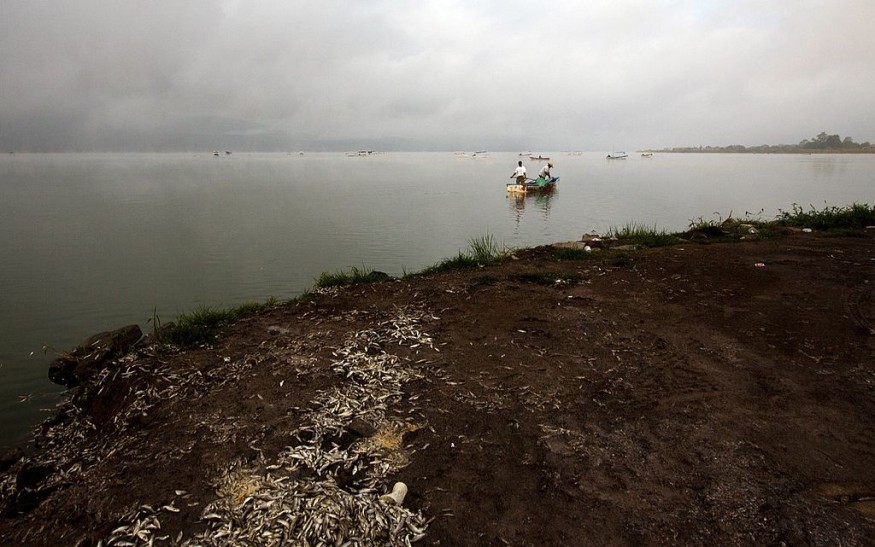The dead fish in a town on Northern Mexico Pacific Coast could be likely due to high temperatures and algae bloom, according to recent reports.
Recent reports revealed that dead fish was discovered in a town in Northern Mexico Pacific Coast which could be due to high temperatures or algae bloom.
Warmer temperatures and algae bloom can become challenging for marine species, especially fish. Experts were investigating the possible reason for the ton of fish carcasses on Northern Mexico's coast.
Deash fish near the Northern Mexico Coast

According to reports published in ABC News and Phys.org, the dead fish was spotted around July 25 near the hamlet of El Maviri.
The researchers suspected the algae bloom could likely cause the dead fish on the beach.
According to Randy Ross, the carcasses of fish would undergo testing. Ross is from a health standards agency in Mexico.
The report added that they found cyanobacteria in one of the dead fish. Based on the website of National Institute of Environmental Health Science, harmful algal bloom or HAB can kill fish by depleting the oxygen underwater.
The report added that algae bloom could have different colors, including brown, red and blue-green.
Meanwhile, the dead fish in Northern Mexico could also be due to the warmer temperatures in the region. The report noted that the water temperatures reached about 95 degrees Fahrenheit (35 Celsius).
Algal bloom impact on health
An algae bloom can also result in health risks that are harmful to humans. People can be exposed by eating contaminated fish or water, which pets, older people and children are mostly at risk.
Recently, Nature World News (NWN) also reported the impact of algae bloom on health. People are advised to check the area for possible algal bloom before going or walking their pets.
The Centers for Disease Control and Prevention website (CDC) showed that 16 states in the United States experienced algae blooms, recording at least 368 blooms.
Furthermore, the report highlighted that 117 human illnesses were attributed to toxic algae blooms in the U.S.
According to the Minnesota Health Department, some of the symptoms of harmful algae bloom illnesses are rashes, cough, congestion, sore throat, diarrhea, fever and headache.
The report noted the symptoms could appear hours or two days when people are exposed.
Also Read : Rare Infection 'Brain Eating Amoeba' Kills Georgia Resident After Likely Swimming in Freshwater
Deadly algae bloom in Southern California
NOAA Fisheries reported that the toxic algae bloom could be the culprit in the deaths of sea lions and dolphins in Southern California.
Experts noted the sick and dying sea lions on the California coast. The report said that neurotoxin or demoic acid growth leads to the sudden deaths of sea lions and dolphins.
The said marine species likely got the algae bloom illness after consuming their prey with an algae bloom.
Marine animals could suffer from brain damage and seizures when they consume contaminated prey.
Recently, NBC News reported that concerned agencies helped and treated the sick sea lions in the area before they were released.
Related Article : Increasing Toxic Algae Blooms in U.S. Can Make People Sick, Report Warns
For more similar, don't forget to follow Nature World News.
© 2025 NatureWorldNews.com All rights reserved. Do not reproduce without permission.





